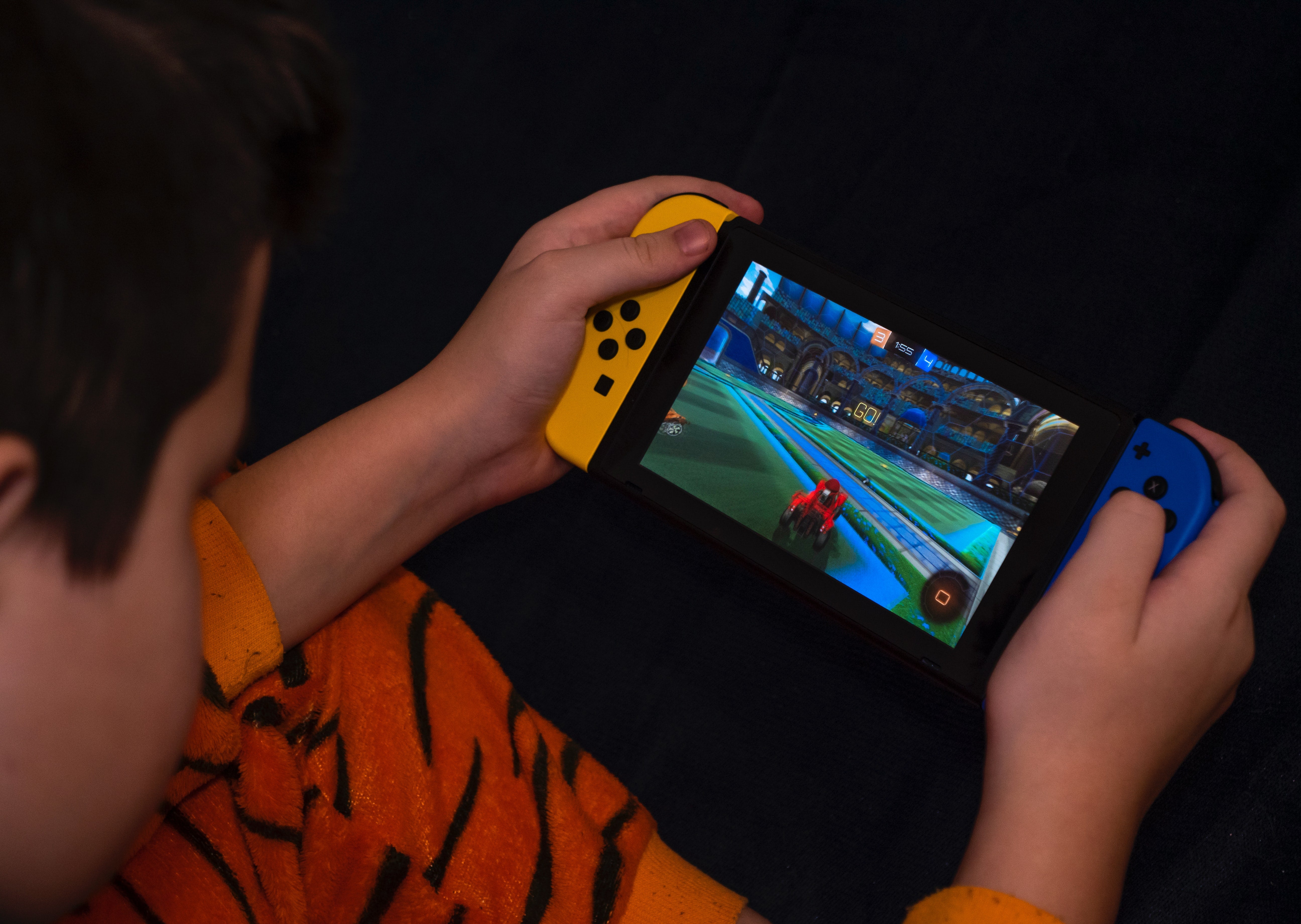The Independent's journalism is supported by our readers. When you purchase through links on our site, we may earn commission.
Parental controls: How to protect your child’s new phone or games console
Whether it’s an iPhone, Android device, PlayStation, Xbox, or Nintendo Switch, there are many ways for parents to ensure their children remain safe

Many children will receive new smartphones, tablets, and video game consoles for birthdays and for Christmas, and while use of these devices is generally safe, sometimes parents will feel the need to set greater restrictions to ensure their child’s protection.
Whether it’s on an iPhone or iPad, Android device, or games console, there are many different ways to ensure that children remain safe when using the gadgets or playing online.
Sometimes this can be as simple as restricting in-app purchases or other buying options, while some parents may want to remove communication features to stop malicious individuals from potentially chatting with younger players.
On modern devices this is easily done, and many also have apps so a child’s wellbeing can be monitored remotely.
How do I set up parental controls for my child’s iPhone?
There are a variety of parental controls available for the iPhone and iPad, all of which can be found in the Settings app.
For those that want to limit how long they will spend on the device, the Screen Time setting allows parents and guardians to restrict what apps can be accessed, set time limits for said apps, and control who the child is talking to.
This is also where mature content can be blocked, as well as setting up purchase settings so that they cannot accidentally buy in-game items or other software without a guardian’s permission.
For those looking to get really specific, parents can restrict use of built-in apps and features such as the Camera, the Safari browser, FaceTime and more.
Parents will need to create a “Screen Time Passcode” when setting this up – ensuring that it is not easy to guess – otherwise children will be able to bypass it and set their own limits.
How do I set up parental controls for my child’s Android device?
Google’s Parental controls are located in the Play Store. Launching that on a device, tapping the menu button (three lines in the top left-hand corner), going to Settings, and then selecting Parental Controls gives parents and guardians the ability to restrict apps, games, films, TV, and music on their child’s device – all protected by a PIN.
Android devices can have a Google’s free Family Link app installed, which lets parents remotely set restrictions on devices for children. This is also where parents can keep an eye on how much their child is using their device, as well as tracking their location.
It is worth remembering, however, that location tracking can be seen as a controversial measure, with children’s rights advocates saying it should only be done with the child’s consent and understanding.
How do I set up parental controls for my child’s PlayStation?
On a web browser, parental controls can be found under the Account Management link and then navigating to Family Management, while on the device itself this is found in the Settings menu, under Parental and Family Controls.
This allows parents to set play time restrictions, choose which games are allowed or blocked, restrict communication with other players, and set monthly spending limits.
Parents can also restrict use of the browser that’s built into their console, as well as restricting use of PlayStation VR (which is not meant for children under 12 years).
PlayStation consoles have preset limits for children, early teenagers, and late teenagers – for parents who do not feel the need to monitor every intimate detail of a child’s access.
How do I set up parental controls for my child’s Xbox?
A parental control app for Xbox consoles is available on iOS and Android, but restrictions can also be set up online and on the console itself.
Much like PlayStation’s settings, this lets parents control screen time, set app and game limits, and restrict purchasing power for children. Parents can also stop their children from joining multiplayer games online, and control who can or cannot interact with their child through social settings.
To access these options on the console, hit the Xbox logo button on the controller, navigate to Profile & System, and sign in to your account; then, go to Settings, Account, and then Family Settings.
There, parents can add new members to their family group using an email address, choose a password, and set up the limits they choose.
How do I set up parental controls for my child’s Nintendo Switch?
Nintendo also has a Parental Control app for iOS and Android, which has a range of features to manage a child’s use of their console.
In the app, parents can both set bedtime alarms and ensure the game turns off automatically when their child’s game time is up through a “Suspend Software” toggle in the app, monitor what games they are playing and for how long, and prevent children from playing age-inappropriate games.
Much like the other consoles, parents can also restrict communication with other users, and stop children posting screenshots taken from the Nintendo Switch to other social networks.
In order to use these controls, however, a parent or guardian will need to set up their own Nintendo account, or they can set up the restrictions on the console itself.
To do so, select the “System Settings” option on the Home menu, and then scroll down to Parental controls. The restriction features are then clearly laid out in order to set adequate limits for children.
Join our commenting forum
Join thought-provoking conversations, follow other Independent readers and see their replies
Comments

Bookmark popover
Removed from bookmarks